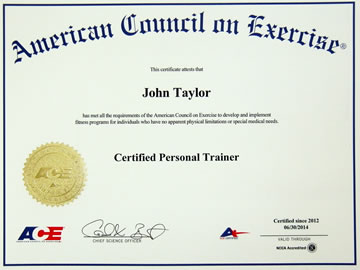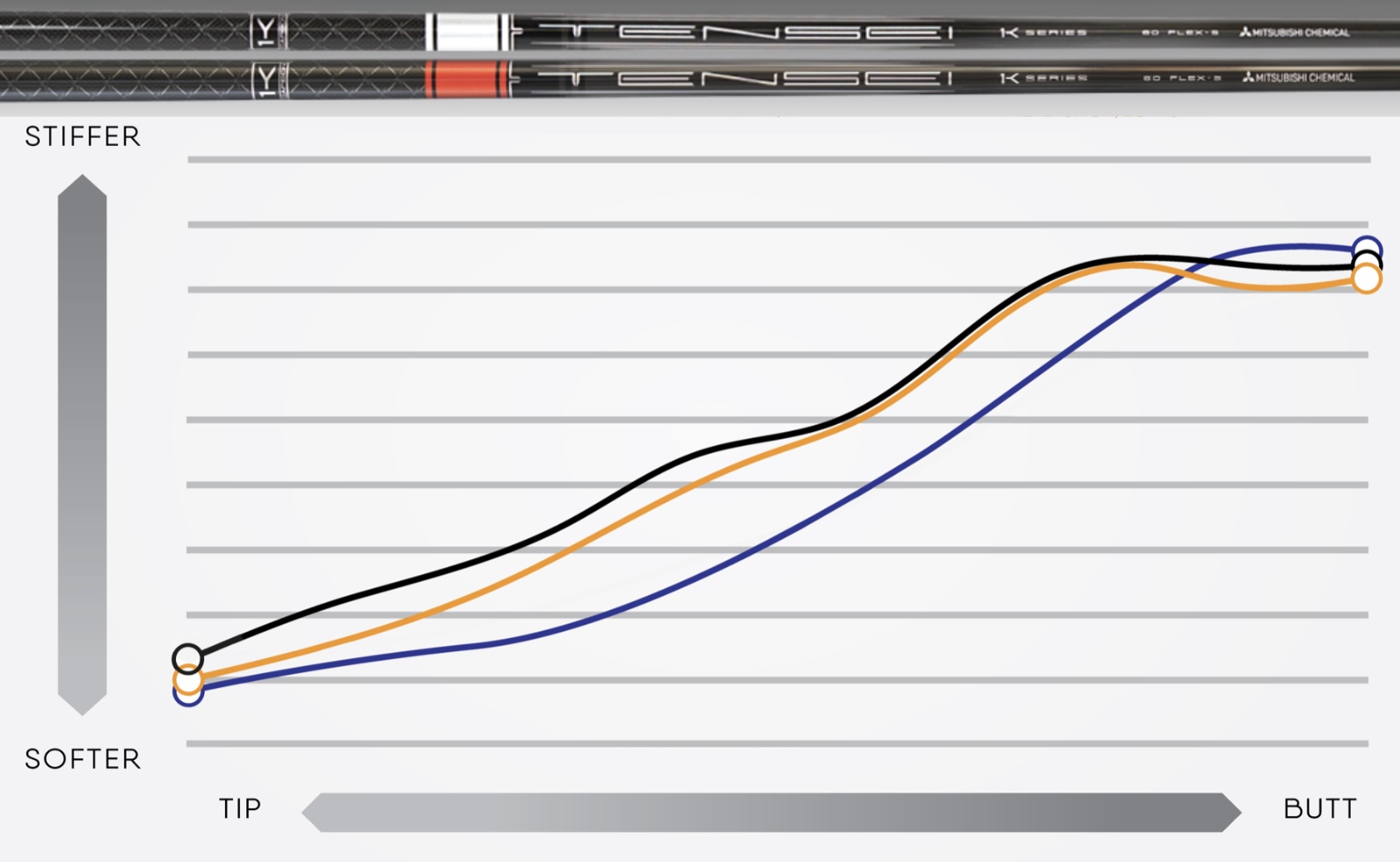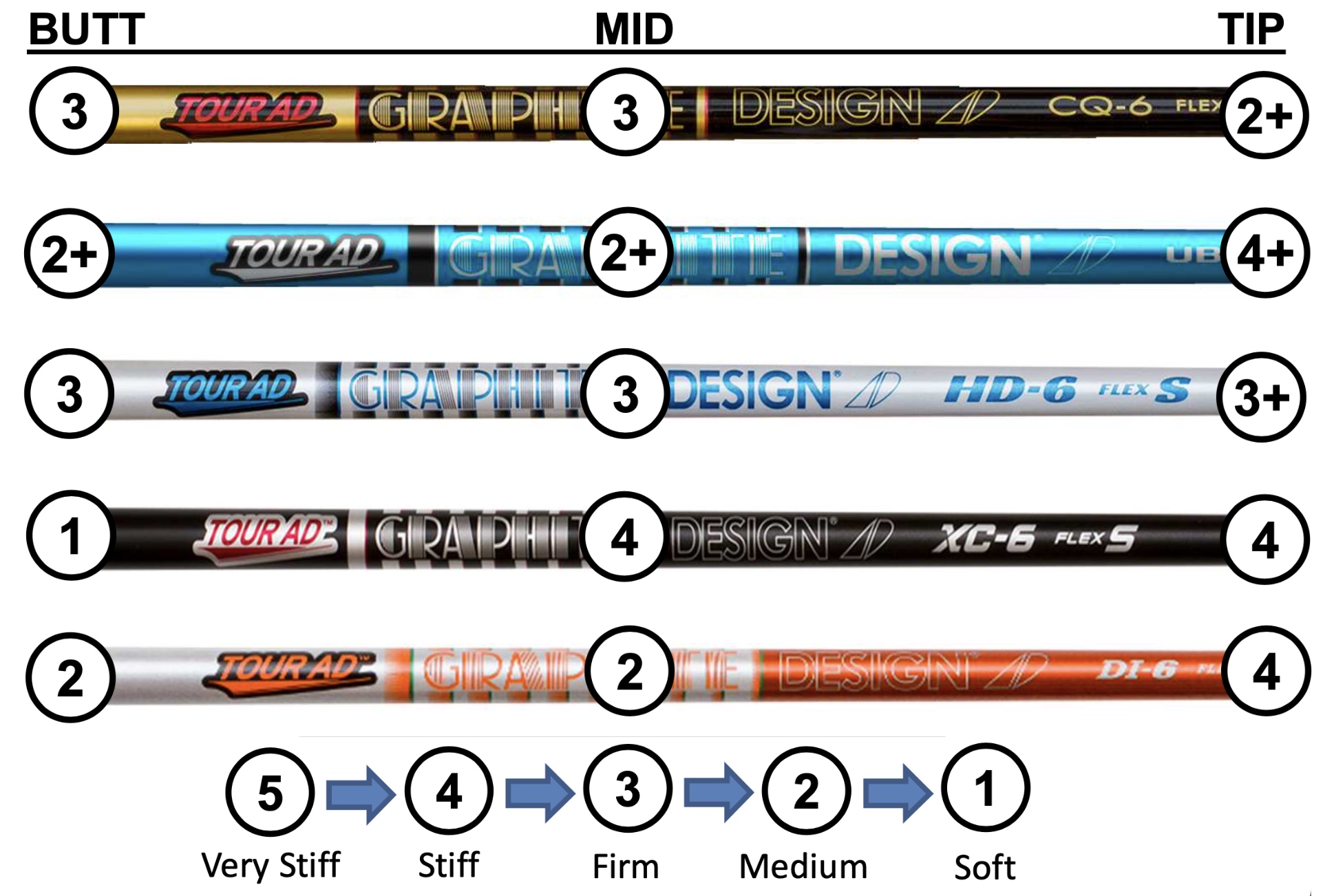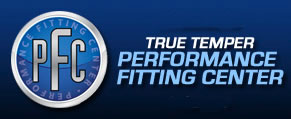Custom or Retail?
What's the essential difference between custom golf clubs built by a professional clubfitter and factory-made off-the-rack retail clubs? The answer for almost every golfer we've seen is: custom clubs complement your swing traits to allow you to play better golf, whereas retail clubs will require that you make an adjustment in your swing or setup for your best chance of playing well. It's difficult to repeat those adjustments.
Does custom matter? Well, all you need to do is watch golfers at the local driving range to see there are a lot of different swing styles, body shapes, and physical abilities. At some point we can agree that the closer a golf club matches the unique physical qualities of an individual player, the more likely that player will get better performance results when swinging the club at a golf ball.
Well, if that's the main issue why can't you get properly fit clubs off-the-rack? The answer is the cost of inventory. The large number of variations needed to get a standard set of clubs to match each golfer reasonably well would create an inventory problem. Too many different options would need to be available and the cost of inventory would be prohibitive.
What's the retail answer? Simply convince the golfing population that each golfer can select the right set from a limited number of retail models. That's the job of marketing and sales promotions. It's a business, and a profit needs to be made. And with millions of golfers ready to buy new clubs each year, there is plenty of incentive to get them to buy something.
Finding the right golf club options in the retail world is a big challenge. To get an idea of the magnitude of the problem, think about buying a pair of shoes. You don't want to change your style of walking or modify your foot to fit the shoe. The shoe should fit your foot.
Wearing shoes that don't fit can be an unpleasant experience that can lead to real problems like blisters, calluses, excessive pronation of your foot and ankle -- and remember the ankle is connected to the lower leg, the knee, the thigh, the hip, the back. You may develop pain anywhere along the chain because the shoe didn't fit properly. You need shoes that fit.
What do you do? First you find a store with a good selection of styles, then you get a design you like, then find a length and width to match your feet (remember you have two of them). Then you may need an orthotic insert to support your arches properly, and enough room is need for toes to move without discomfort while supporting the heel. The process works best when the sales person understands the features of the shoes being sold and can match a style to your foot correctly. Knowledgeable professionals can be difficult to find.
The parallels between buying new shoes and buying new clubs seem reasonable. Clubfitting is done best when professionals with the right expertise are involved. Getting shaft properties correctly matched to your swing is a major part of clubfitting: it requires in-depth knowledge of how shafts are designed and what features matter most to an individual swing. Identifying a clubhead design that complements your swing style is just as important: understanding how individual clubhead properties affect the performance you get from your swing matters.
How do you know if your clubfitter is a qualified professional? Ask questions before and during the process. Check their website. Find out something about what they've learned. Look at their training certifications and continuing education. Documented expertise is important. It's not the number of golfers that were fit by that shop or the ranking on a sales chart, or the books they read. It's the knowledge and understanding that's applied to the fitting.
And don't forget to find out who builds those clubs. Will assembly be done by your clubfitter or given to someone else in the store? Are your clubs coming from a distant site, a mass-production factory, or are they already assembled? Skill and craftsmanship can make all the difference in getting clubs that meet your specifications. We think custom building should be included with custom fitting.





























 John Taylor
John Taylor
Reader Comments